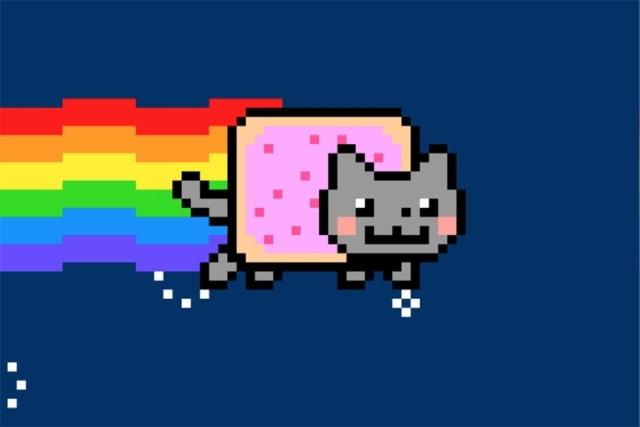

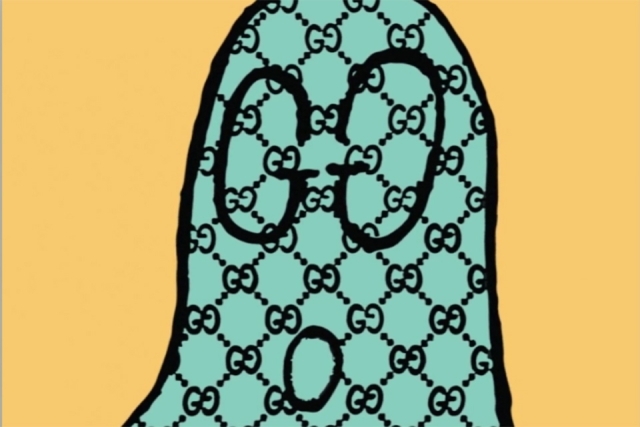



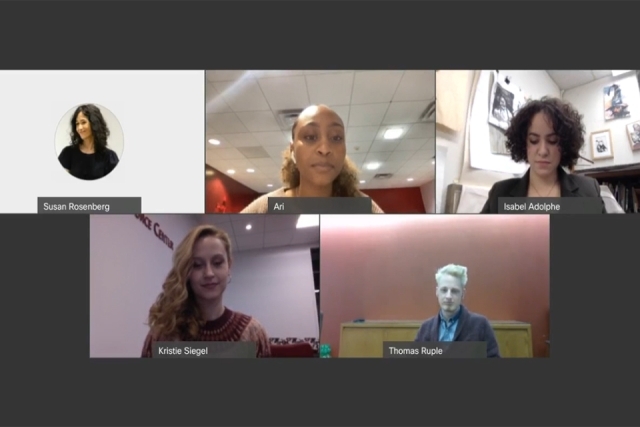
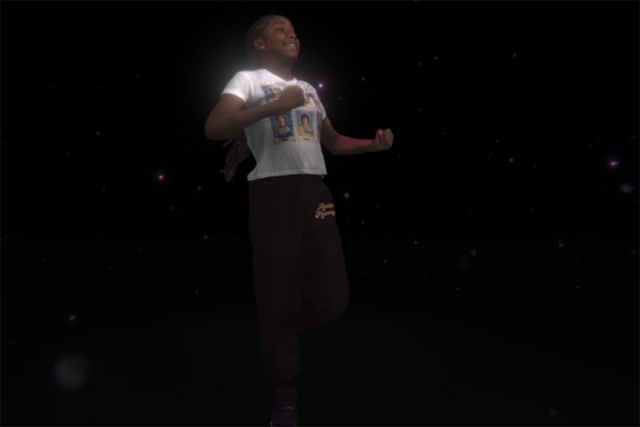
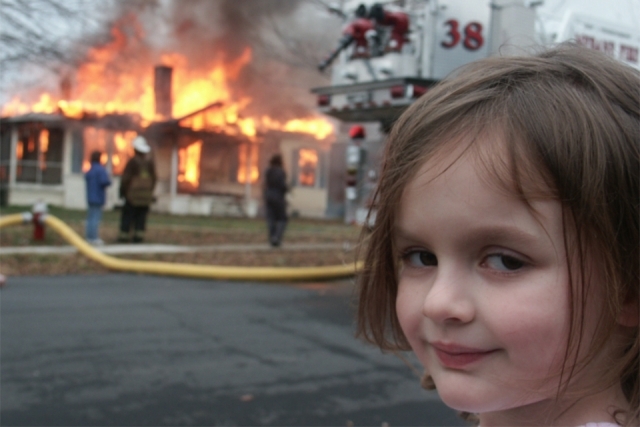
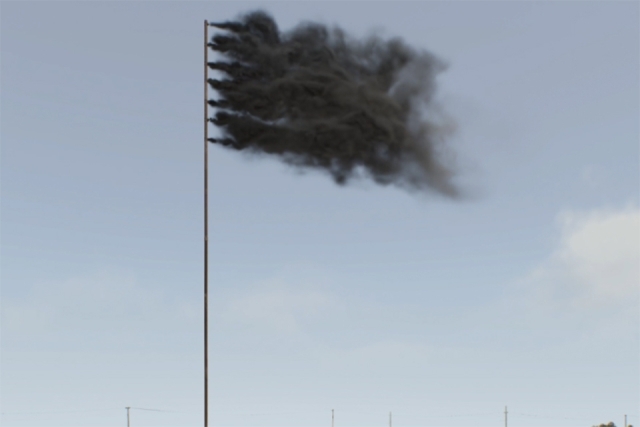

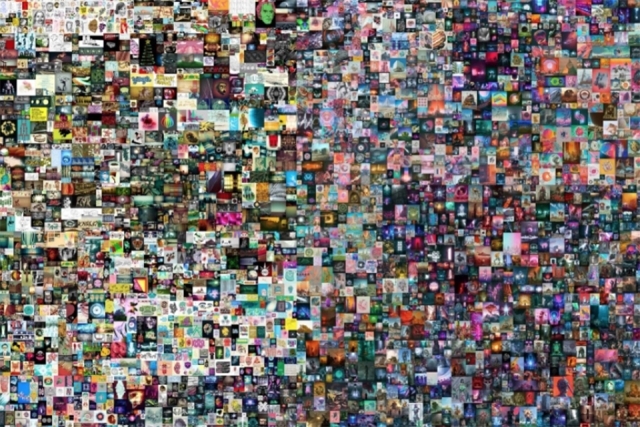
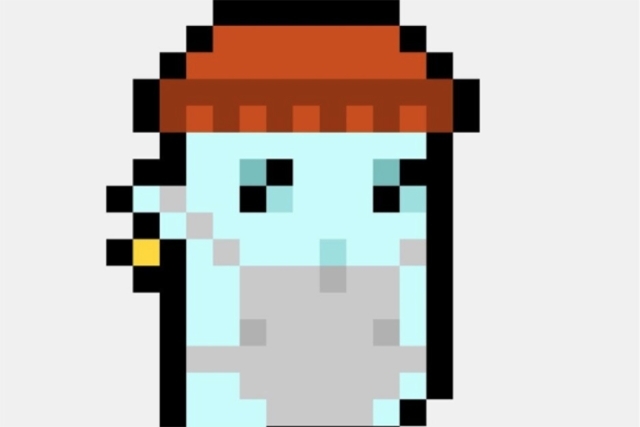















The digital age has spawned a raft of new phenomena—and a plethora of concepts that challenge preconceived notions of art and commerce—not the least of which are Non-Fungible Tokens (NFTs): unique digital codes that represent a digital item, which could be art or music, among several others. However, NFTs can also track real-world assets, such as a house, car, or song. NFTs allow these assets to be uniquely defined, allowing someone to prove ownership and authenticity.
In February, St. John’s University’s Dr. M.T. Geoffrey Yeh Art Gallery website premiered the virtual exhibition, NFTs: Pandemic Aftermath or Trending Innovation? On display until April 20 and curated by students in the Master of Arts program in Museum Administration, the exhibit features 21 artifacts organized around four themes: digital art, corporate-created content, individual creativity and identity, and traditional fine artists’ engagement with this new and thriving market.
“The students in this year’s class on curating embraced the challenge of exploring a topic about which little was known,” noted Susan Rosenberg, Ph.D., Professor of Art and Design in St. John’s College of Liberal Arts and Sciences and Founding Director of the Museum Administration program.
“Their innovative research and knowledge of digital culture and social media were great resources, and I am so impressed by the exhibition they created. The exhibition required a great deal of research and ingenuity. The group collaborated wonderfully as they established a strong exhibition concept and a beautiful exhibition design.”
Student Kristie Siegel said she was not familiar with the concept of NFTs before embarking on this project. “However, I do know a bit about cryptocurrency, so learning about NFTs really enriched that knowledge. I also learned that many familiar images floating around the internet were either turned into NFTs or originally were NFTs, which was fascinating.”
The concept raised another important question for Kristie: Is this art? “This new form has turned the tables upside down for many art historians,” she stressed. “Digital art has been around for quite some time, and it only seems when there is a big value placed on it, it suddenly makes headlines. Now, these artists are definitely getting more recognition and becoming popular very fast.”
She added, “St. John’s definitely is on the cusp of innovations in today’s art world. This exhibition is proof of that, and professors and students who see the potential in technology and art events like these will increase. Without a doubt St. John’s has given me the tools to succeed, by allowing me to voice my thoughts, challenging me to think critically, and pushing me to use these skills in the real world.”
As student Arianna McMillon began her research into NFTs, Arianna was somewhat discouraged to see artists of color underrepresented in this new space. She then came upon the story of Jalaiah Harmon, an artist who created a new dance on TikTok during the quarantine. The dance itself became an emote for a video game, and Ms. Harmon was compensated for it when she sold it as an NFT. “I’m glad that I was able to give her story a platform to be recognized through this exhibition,” Arianna observed.
She added, “I thought I would be done with NFTs after this exhibition, but this semester, I secured an internship at Calabar Gallery, a contemporary art gallery for African and African diaspora artists in Harlem. The Director told me that she was planning an event for Black artists and NFTs, and that I would be helping her with the event to introduce this space to emerging Black artists. It was a jaw-dropping moment because I had yet to tell her that I co-curated an exhibition about NFTs.”
Arianna believes St. John’s is at the forefront of innovations in the art world. “I've been here for almost six years, accumulating a wealth of knowledge and skills from professors and supervisors who want me to be a change maker in the world. St. John’s is a space that welcomes growth and transformation in an individual. Dr Rosenberg saw my interest and cultivated those aspirations into a tangible reality. I've learned that success is not measured by the things you accomplish, but how you accomplish them.”
With the creation of the “meta world” and more socially interactive markets and platforms, student Isabel Adolphe believes NFTs are here to stay but will evolve. “My favorite part of this collaboration was working with my peers to illustrate a story that informs the reader about something of which they might not be familiar. I greatly enjoyed talking about similarities in all of our research and the excitement of new and sudden developments. NFTs are now an unavoidable medium in my field, and I wouldn’t be surprised if it found its way back into my research.”
“This wave of technology has the potential to provide real value to artists,” stressed student Thomas Ruple. “The digital art market has historically had trouble proving ownership or generating market value, but NFTs solve both those problems with rebounding profits and a ledger of ownership.”
He added, “My favorite part of this project has truly been working with such a talented team of colleagues. It should not go unnoticed that the curators are a majority female. These women continue to inspire me and give me real hope for the future of museum equity. Our diverse backgrounds and opinions made for a comprehensive show, and I’m excited to share that success.”
Related News
Dean Jerrold Ross Conference Room Unveiled
On Tuesday, December 10, the newly renovated conference room on the fifth floor of Sullivan Hall was dedicated in honor of Jerrold Ross, Ph.D., former Dean of The School of Education . The renovation...
Institute for Catholic Schools Provides Educational Resources to Local Catholic School
The Institute for Catholic Schools (ICS) in The School of Education at St. John’s University recently donated approximately $2,800 worth of academic and sensory learning tools to Father Vincent...
Meet Anna R. Lukachik ’80Ed, Pietas Medal Recipient
At St. John’s University’s annual Alumni Convocation on October 18, Anna R. Lukachik ’80Ed received the Pietas Medal, an award that honors exceptional alumni for their service and achievements...
